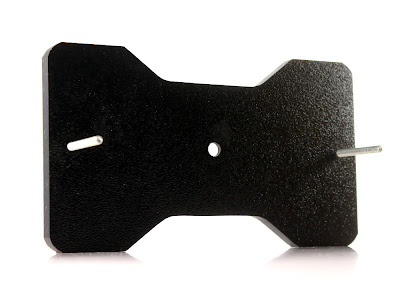Origins of Image Stabilization for DSLR Lenses
Did you know? The origins of Image Stabilization for 35mm DSLR lenses dates back to the EF 75-300mm 4-5.6IS USM lens released by Canon back in September of 1995. These lenses predated the mainstream adoption of digital technology by a long shot, but pioneered the way for many more to come. In 1995 you could buy an EOS DCS 3, but it was only a 1.3MP camera and would cost you around $20,000, so needless to say many continued to use film at that time.
Because Canon developed the technology prior to mainstream DSLR adoption, putting stabilization in the lens made the most sense. The only other way it could have been done would be to physically move the 35mm film up and down/left to right to counteract vibrations, which would be an engineering nightmare. The system Canon developed works by physically moving elements inside the lens to counteract any vibrations in the camera body.
Utilizing a lens with image stabilization allows you to drop to lower shutter speeds without sacrificing picture clarity, making it a great option for shooting in low light situations. It also benefits telephoto lenses, as vibrations are amplified the more you zoom in, and of course for all of our filmmaking customers, optical image stabilization is great to have when shooting video as well.





Comments
Post a Comment